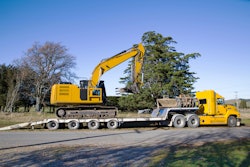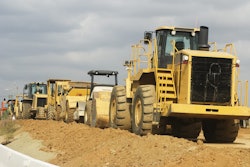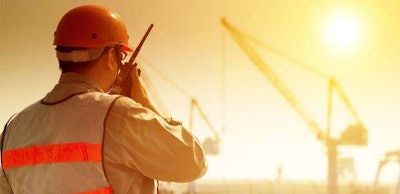 Photo: Occupational Health & Safety.
Photo: Occupational Health & Safety.Sally Smart, technical safety specialist at W.W. Grainger, says products to help cool the body, which we featured in a giant roundup recently, are part of a three-part process for being safe when working in excessive heat.
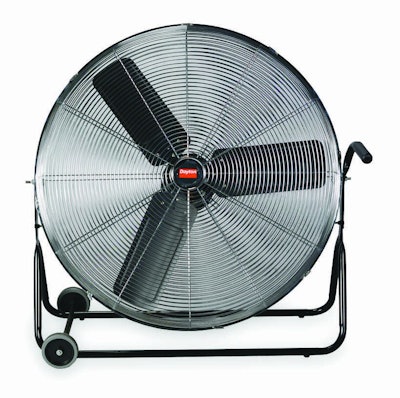 First line of defense: engineering controls, such as fans, like this Dayton Light Commercial Air Circulator from Grainger.
First line of defense: engineering controls, such as fans, like this Dayton Light Commercial Air Circulator from Grainger.“When we think about heat stress, it’s easy to think it’s all just ‘dew rags’ and Gatorade, but the reality is, it’s a whole lot more,” Smart writes in an email. “While the goal is simple – ‘we need to keep these people cool’ – the proper response actually should include three areas (or controls), and the order in which these are done is important. OSHA refers to this as the ‘Three Lines of Defense.’”
Smart says injury and illness prevention starts with engineering controls that remove the heat, such as “portable air conditioners, fans, misters, shades, shelters and even garden hoses.”
Next come administrative controls: the development and implementation of written programs, policies and procedures and the associated training and awareness, she says.
“Comprehensive programs often address things like: site assessment or monitoring weather conditions and understanding heat risk levels so appropriate actions can be taken; communication plans to address environmental changes throughout the day as changes occur; providing hydration (water, Sqwincher, Gatorade, coolers and hydration packs) and
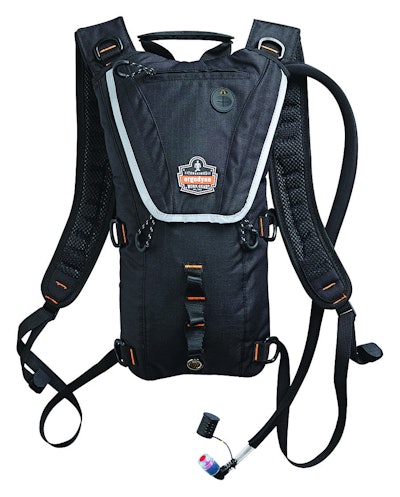 Second line of defense: administrative controls, such as providing hydration packs. (Photo: Ergodyne hydration pack)
Second line of defense: administrative controls, such as providing hydration packs. (Photo: Ergodyne hydration pack)knowing hydration types and best practices; adjusting for heat by considering work severity and duration, like scheduling work at cooler times of the day to avoid high heat, or setting specific rest periods and breaks; providing and using shade and other cooling; acclimatizing workers gradually when needed, which may mean workers new to the job, or less fit, or older workers; and then buddy systems and training and awareness for coworkers to help monitor each other, knowing how to recognize symptoms and perform proper first aid.”
After that comes the personal protective equipment, the cooling hats, vests and sunscreen.
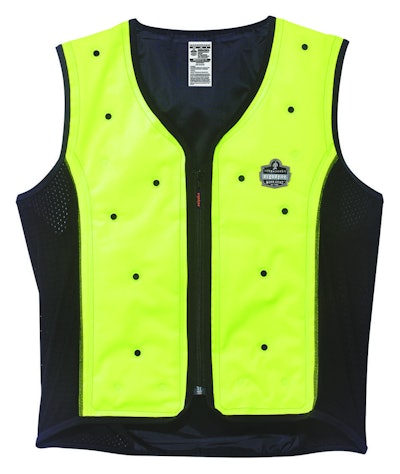 Third line of defense: personal protective devices (Photo: Ergodyne cooling vest).
Third line of defense: personal protective devices (Photo: Ergodyne cooling vest).

